The Miss America Daughters Club
When Taylor Henry was five years old, she knew her mom had a sparkly crown. And when she went grocery shopping with her mother, she would overhear people say things like, “Oh, my gosh, it’s Heather!” Taylor concluded that she must be the daughter of a Disney princess. When she asked if that was true, Taylor’s mother—Heather French Henry, Miss America 2000—replied, “Close, but no.”
Taylor, now 17, laughs at her younger self. She still loves Disney and her mom, but she has a different understanding of what that crown means. “My mom was Miss America,” she says. “But what matters is that she’s a hard-working individual who works with our nation’s veterans.”
I can relate to Taylor, as I’m also the daughter of a Miss America. My mom is Pam Eldred, Miss America 1970, who represented my home state of Michigan when she won the title. I never likened my mom to a Disney princess, but I definitely knew her crowns were important—they occupied an entire row of a bookshelf in my childhood home—and that the grocery store was a fraught space. Mom was careful never to go shopping “without her face on” because so many people would recognize her.
Despite the public’s perception of pageants, winning the Miss America crown remains a unique achievement. Since the first winner was named in 1921, only 93 women have had the title. But the Miss America daughters club is even more exclusive, as just over half of the winners have had daughters.
I’ve often wondered if my experience growing up as the daughter of a Miss America was unique, so I reached out to two dozen other daughters of past winners. Some of them are tweens, while others are in their late 60s. We’re spread out geographically, and we've chosen a variety of career paths, from athlete and attorney to Broadway performer, journalist, teacher, and mom ourselves.
The meaning of being a member of the Miss America daughters club has changed over the decades as the cultural power of the pageant itself has waned. But it wasn’t always that way. Carol Koplan’s mother, Rosemary LaPlanche, was Miss America 1941.
The earliest Miss America daughter with whom I spoke, Carol grew up in California where her mother had a movie studio contract and her father produced and directed television shows.
“Mom was a celebrity, on the war bond tour, and in all the soldiers’ lockers.”
According to Carol, “[Being Miss America] was different then because there was only one major pageant—they didn’t have Miss Universe at that time, and all the other pageants…. [Mom] was a celebrity, on the war bond tour, and in all the soldiers’ lockers.”
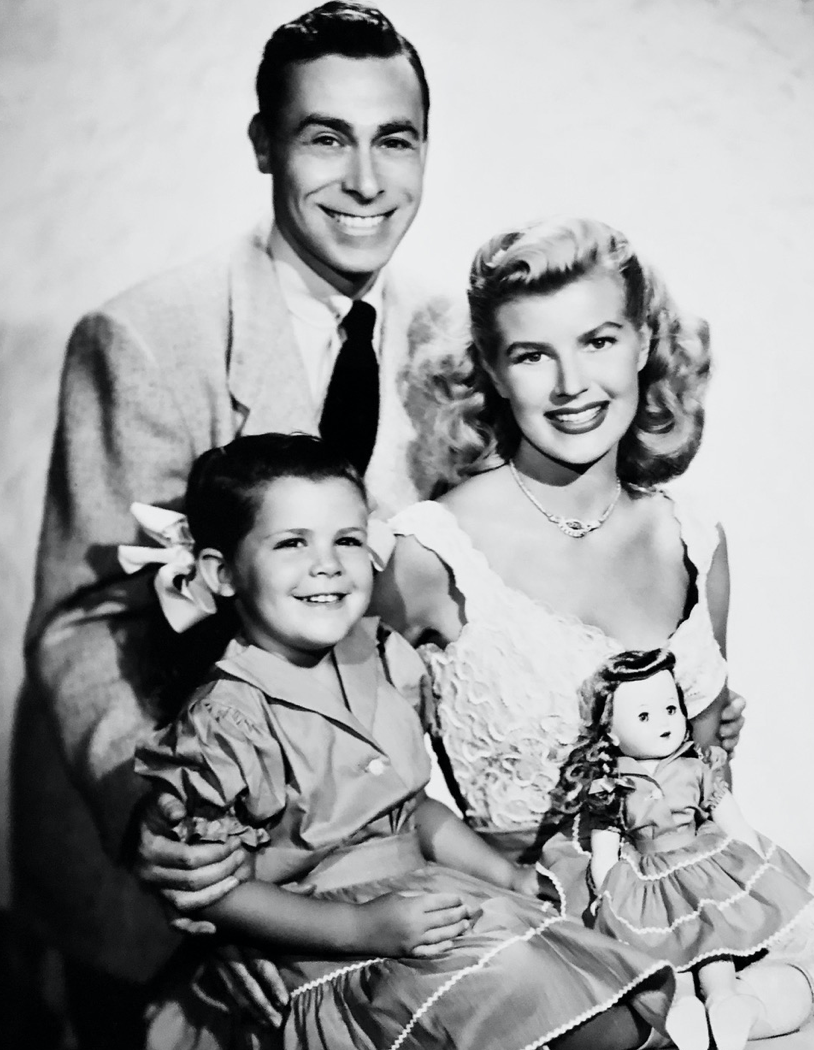
Carol’s experience contrasts with that of Lynlee Bell, who at 11 years old is the youngest Miss America daughter with whom I spoke. Her mom is Debbye Turner Bell, 1990’s winner, and only the second Black woman to win the title. When Lynlee’s friends at school found out her mom had been Miss America, they asked, “What’s that?” “Nobody really had any interest or knew what [Miss America] was,” she says
While public interest in Miss America has declined over time, the sense of camaraderie within generations of its daughters remains strong. Stacy Sempier is the daughter of Evelyn Ay Sempier, Miss America 1954. She believes that there’s “an immediate connection between Miss America daughters because we have had people ask us the same questions, about the year our moms won, if we still have the crown, what her talent was. I think that’s a lovely legacy of shared experience on our part as daughters.”
Stacy’s godmother is Lee Meriwether, Miss America 1955, and she grew up thinking of Meriwether’s daughter, Lesley Aletter, as her godsister.
Ava Johnson, 15, whose mom is Nicole Johnson (Miss America 1999), and Victoria Ebner, 12, whose mom is Katie Harman Ebner (Miss America 2002), have forged a friendship despite living on different coasts of the country. In 2016 they met up at Disneyland when Nicole Johnson was speaking in California at a PADRE Foundation event. (PADRE stands for Pediatrics-Adolescent Diabetes Research Education; when she was Miss America, Johnson’s platform issue was diabetes awareness, as she lives with type 1 diabetes and competed while wearing an insulin pump.) Ava and Victoria have maintained their relationship via text.
“Big hair is a concept many of us daughters know well.”
The first fellow member of the Miss America daughters club I ever met was Vandy Scoates. Vandy’s mom is Miss America 1965, Vonda Kay Van Dyke. Vandy and I connected when our moms took us to the 70th anniversary of the Miss America Pageant. We were both only children of former winners, and I remember feeling an immediate kinship with Vandy. We were just a year apart in age so it was easy to hang out as our moms signed autographs and took pictures with fans.
For better or worse, there's a certain level of physical beauty attached to women who have won Miss America—though those narrow standards are starting to change in the pageant world—and until the 21st century, there wasn't much diversity. For daughters of past winners, it’s a given that some beauty rituals are passed down matrilineally. Growing up as she did, Vandy learned that appearance mattered. She told me that it was “ingrained in me since I was a child that I needed to look nice.” She recalled her mom using hot rollers almost every day—big hair is a concept many of us daughters know well.

Monica Hess, one of three daughters of Sharlene Wells Hawke, Miss America 1985, says her mom lovingly, but frequently, tells her, “Monica, you need to do something with your hair!” Overall, Monica appreciates when her mom proffers beauty advice. When people said, as she was growing up, that she resembled her mom, it boosted her confidence. “I know that's rare because no teenage girl wants to look exactly like their mom,” she says. But not all moms are beauty pageant winners.
While looks matter, so do manners. Miss America daughters learn fast that there’s a “right” way to behave and carry yourself. General etiquette is a constant lesson, including learning how to correctly shake hands and how to sit properly (knees together!)
To date, only one daughter of a Miss America has made it onto the Miss America stage—Diana Dreman Adkisson—though several have tried or are in the process of trying, like Taylor Henry in Kentucky and Tatum Sheppard in Virginia.
No matter what else you go on to accomplish, people will always capitulate to the quintessentially American fascination with being Miss America.
Diana is the daughter of Miss America 1974, Rebecca King Dreman, and won the title of Miss Colorado 2011, representing the same state her mom did. The first year she competed at Miss Colorado, Diana did not have a great competition—she dislocated her shoulder during her talent performance and ended up needing surgery. A few months into Diana’s recovery, her mom was diagnosed with stage IV melanoma.
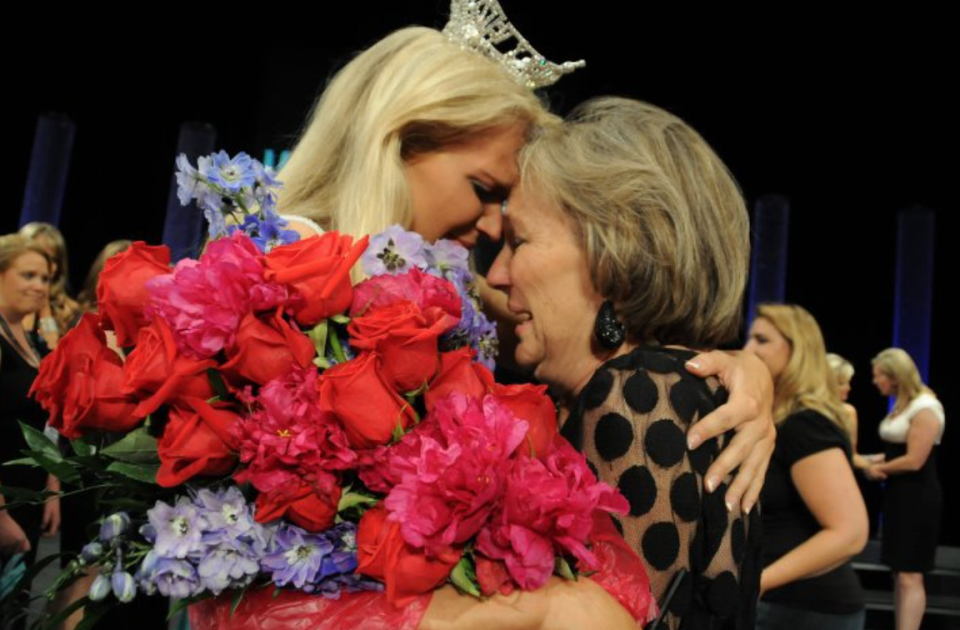
The prognosis was serious, and competing didn’t feel right. Ultimately, she decided that competing again at Miss Colorado would give her family something positive to rally around while her mom was going through experimental treatments. Still, Diana told me she felt “pressure as the daughter of a Miss America. I had to be 100% at my best all the time as I knew I would have eyes watching me.”
Diana didn’t place at the Miss America pageant, but just before she competed, she and her family found out that her mom’s brain was clear of any cancer, which was cause enough for celebration.
During my conversations, I also learned that—no matter what else you go on to accomplish—people will always capitulate to the quintessentially American fascination with being Miss America.
Take Pamela Brown’s mother, Phyllis George. After her year as Miss America in 1971, George went on to become the first female sportscaster for CBS and later the anchor for CBS’s morning news show. During the years between her high-profile television hosting duties, George was also the first lady of Kentucky when her then husband, John Brown, was elected governor.
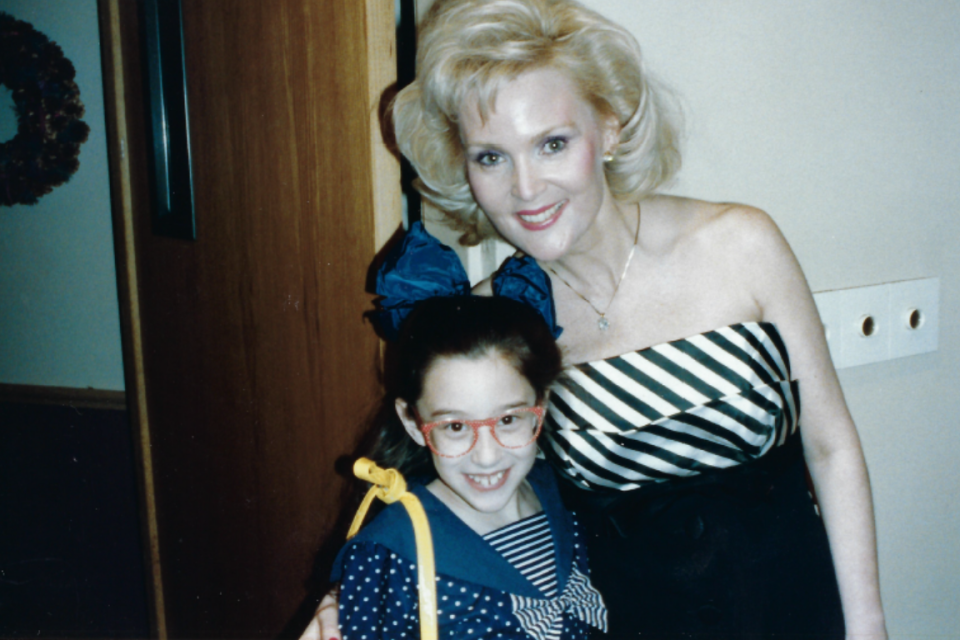
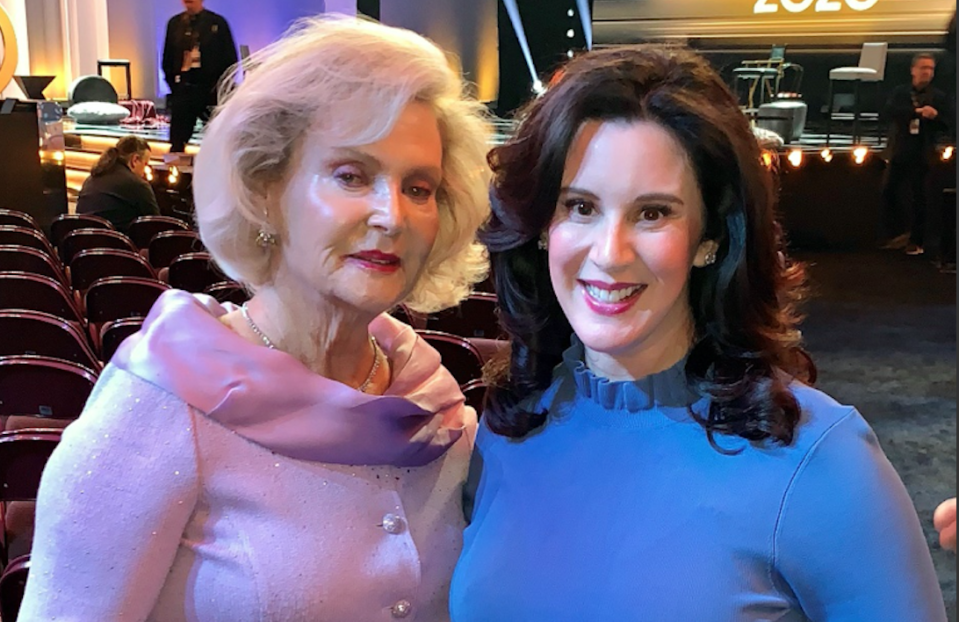
Even with all of her success, George’s title of Miss America was the one people fixated on. “The fact that my mom was Miss America was brought up much more frequently than any of her other accomplishments,” says Pamela. “People had a fascination with it, and I remember often being dubbed ‘Miss America’s daughter’ as a kid.” Today, Pamela is an accomplished professional in her own right as a CNN reporter who served as the network’s White House correspondent during the Trump administration and its Justice and Supreme Court correspondent.
Pamela’s journey should reassure the younger generation of the Miss America daughters club, like 15-year-old Ava Johnson, who says people often make assumptions that she’s vapid and self-absorbed because of who her mother is. Lynlee Bell, 11, said that when she started at a new school, she liked that her classmates weren’t terribly interested in her mother’s Miss America title. (For the record, Lynlee herself is most impressed by the fact that her mom wrote a book, Courageous Faith.)
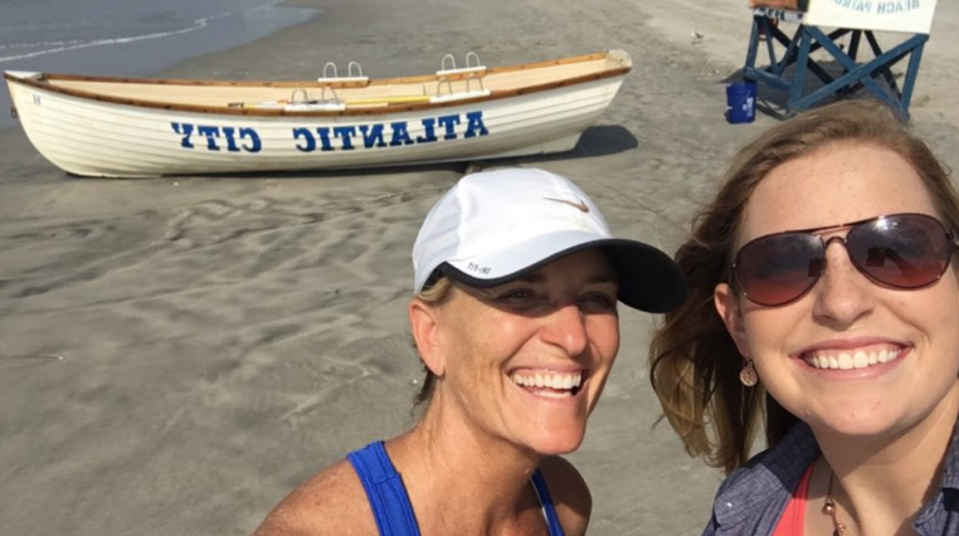
It can be hard for others to separate a woman from her title of Miss America, no matter her other accomplishments, including motherhood. Yet to us daughters, the title Mom means much more than the title Miss America. To us, and any brothers, it was Mom who kissed our boo-boos, changed our diapers, and gave us hugs after a bad breakup. No crown required.
Hilary Levey Friedman is a professor in the Department of Education at Brown University and the author of Here She Is: The Complicated Reign of the Beauty Pageant in America. She is the mom of two boys—Carston, nine, and Quenton, seven.
Originally Appeared on Glamour

